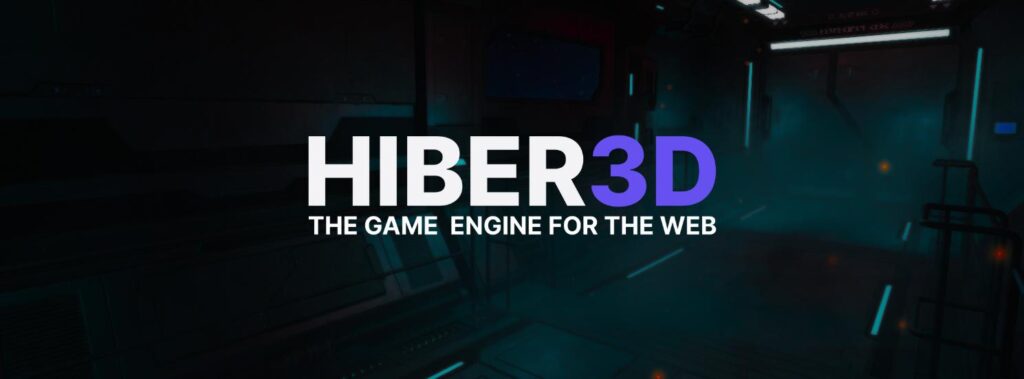3 Reasons the Web is Shaping Gaming’s Future—and Why the Hiber3D Engine is Ready to Power that Change.

Browser is the new black.
Mobile gaming already commands the largest share of the games industry, holding over 50% of the market. By 2030, the mobile market is projected to hit $272 billion USD, with an annual growth rate of 11%. That’s colossal, but not at all surprising. What’s more interesting is how the landscape is evolving and where the future opportunities lie.
Emerging markets driven by a growing youth population with spending power and improving infrastructure, are pushing the demand for mobile through the roof. These markets are home to 1 billion gamers, yet, they face significant challenges like high data costs, sluggish internet, a diverse range of devices, making app downloads both expensive and cumbersome.
Browser-based mobile games are solving this with instant play, broad device compatibility, and removing the need for frequent downloads or updates. But the point is, to run a high end, immersive game on any web browser, across any device, anywhere, you’ll need an engine that’s light enough – such as one with a sub 5 megabyte core.
Skip the middlemen and go D2C
Since the late 2000’s mobile games have relied on the app stores for distribution, monetization and a global reach. However, as mentioned in Jonas Tageman’s On Web First blog, what started out as a dream scenario for many, has long since become a headache. And, as with every monopoly, when the tolls get too high, people start looking for a detour – and in mobile gaming, that detour is the web.
As noted by Archie Stonehill of Stash, the disruption of the mobile ecosystem is already well and truly underway, not least with alternative app-stores rising on the strength of Epic’s win, but with more and more developers choosing to go direct to consumer not only to circumvent fees (30% on gross revenue) and market saturation, but to leverage game data for personalized marketing. Among myriad other benefits with D2C are price flexibility, broader reach (less censoring), customized user interfaces, and the possibility to localize content.
At the heart of this disruption, web-first game engines like Hiber3D are enabling developers to set themselves up for long-term success, by maintaining control of their revenue and data, while also achieving greater market penetration i.e. more money per sale plus a larger market to sell in.
True Web Games > Traditional Games on the Web
To unlock the full potential of web gaming, we need to fundamentally rethink how games are built. Elements traditionally housed within the engine can easily bloat a web game, meaning large, unnecessary downloads and long load times. By fully utilizing the capabilities of the web, many components – like shops, progression systems, and personalization – can, and should, live in the browser instead. We call this approach ‘true web games,’ where the engine is kept light and fast to ensure a smoother user experience while also cutting down on development costs and time. This also allows for smaller, more targeted patches and updates.
At Hiber, we are adamant that the web is the future of mobile gaming. And it’s not just about porting games to the web, it’s about fully embracing the potential of web technologies to deliver the best possible game experiences, not only in gameplay but also in the metagame.